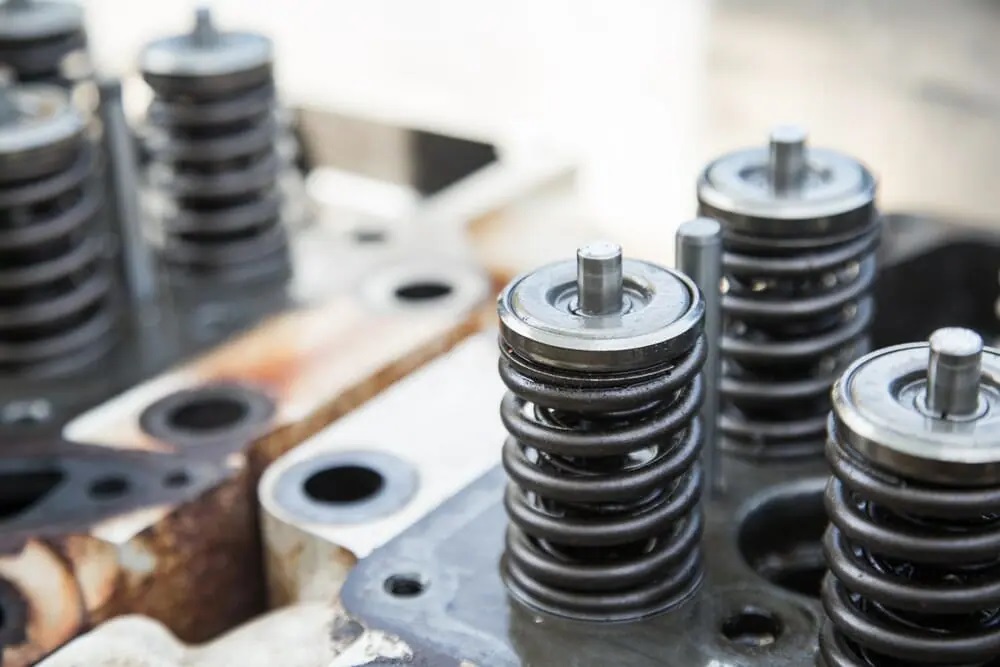Is 2-Way, 19 CV Non-Spring Return Valves captivating to you despite being a flow control novice? You’re in the correct place, then! We are simplifying valves and making them as simple as ABC.
Consequently, what exactly is a 2-Way, 19 CV Non-Spring Return Valve, such as the b224+lrb24-sr? These are control valves with two ports and a valve coefficient (CV) of 19, according to a straightforward explanation. They don’t have a spring return system to operate. Interesting, huh? Let’s delve further.
Recognizing the Fundamentals
The valve’s 2-way feature indicates that fluid can pass through it in both directions. The flexibility of the operation procedure is increased by this feature. The CV marker, on the other hand, stands for valve coefficient. The number of gallons that can flow through the valve in this instance at a pressure decrease of 1 psi is 19. CV.
Concerning Non-Spring Return
We now turn to the Non-Spring Return portion. Why does that matter? Non-spring return valves use the system pressure to restore the valve to its initial position following activation as opposed to spring return valves, which do so via a spring mechanism.
The Benefits of These Valves
What is so unique about 2-Way, 19 CV Non-Spring Return Valves? The 2-way function, to begin with, provides more versatility. Bi-directional flow is made possible by this characteristic, which enhances system performance. On the other hand, since there are fewer mechanical parts that can degrade over time, the absence of a spring return may occasionally be more dependable.
These Valves Have Two Problems:
- Maintenance Hustle: Let’s face it: maintaining these valves is not a simple task. Since they lack a spring return mechanism, they frequently need extra maintenance and frequent inspections to make sure they are operating well. The entire cost of running and maintaining an HVAC system will ultimately increase as a result.
- Environmental Impact: The environmental impact of HVAC components cannot be ignored given the rising emphasis on green technologies and energy efficiency. Unfortunately, 2-Way, 19 CV Non-Spring Return Valves fare poorly on the energy efficiency scale due to their poor flow control and increasing maintenance requirements.
Conclusion
It might be quite the adventure to set out on a tour through the world of 2-Way, 19 CV Non-Spring Return Valves of Blackhawk Supply. Understanding the fundamental advantages and characteristics, along with a willingness to learn more, paves the way for an exciting future as a starter.


